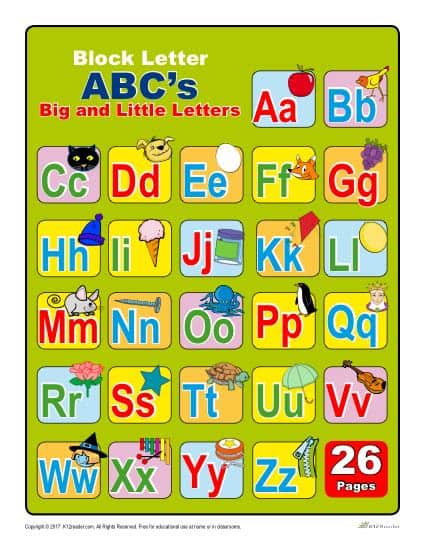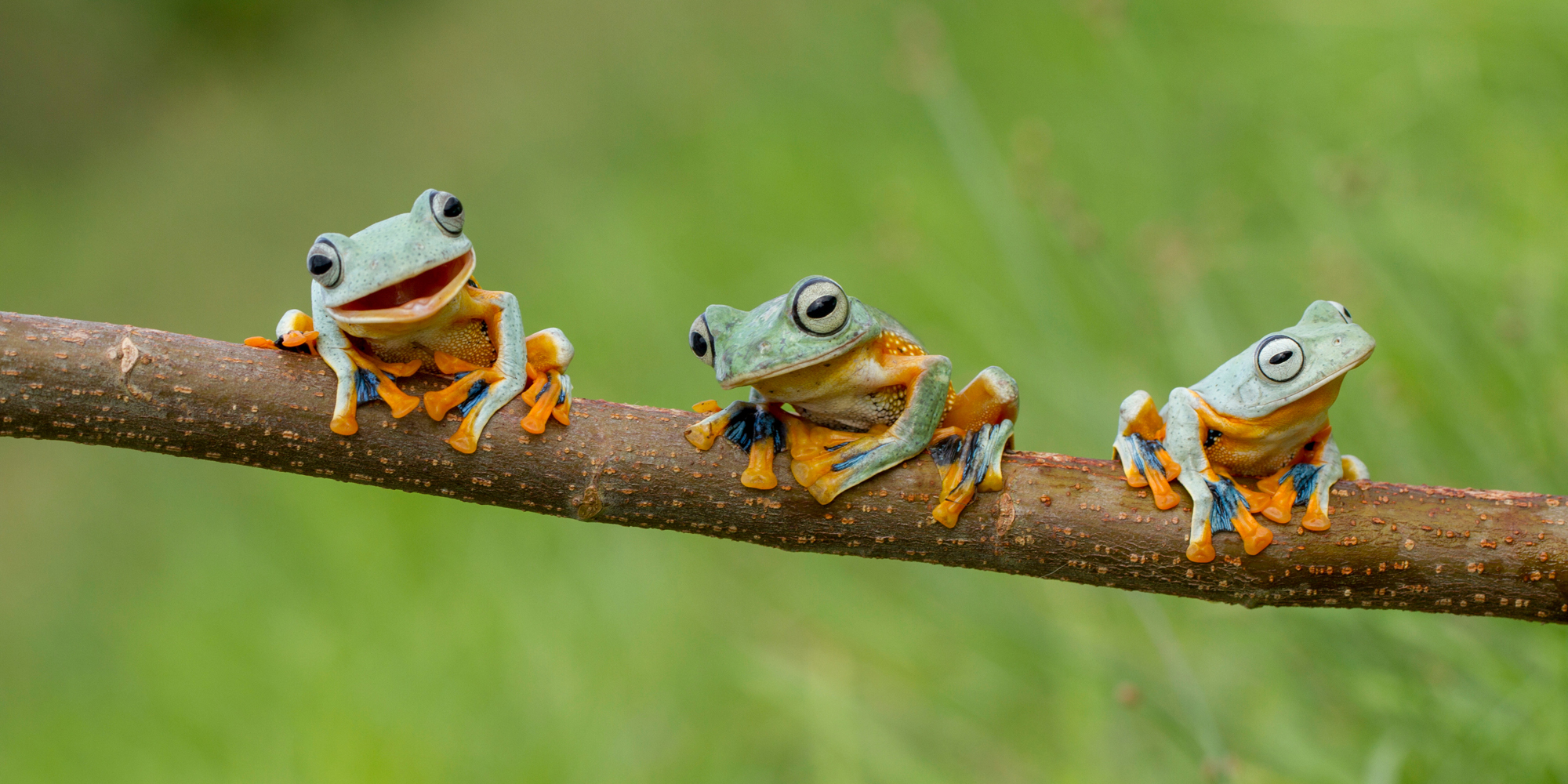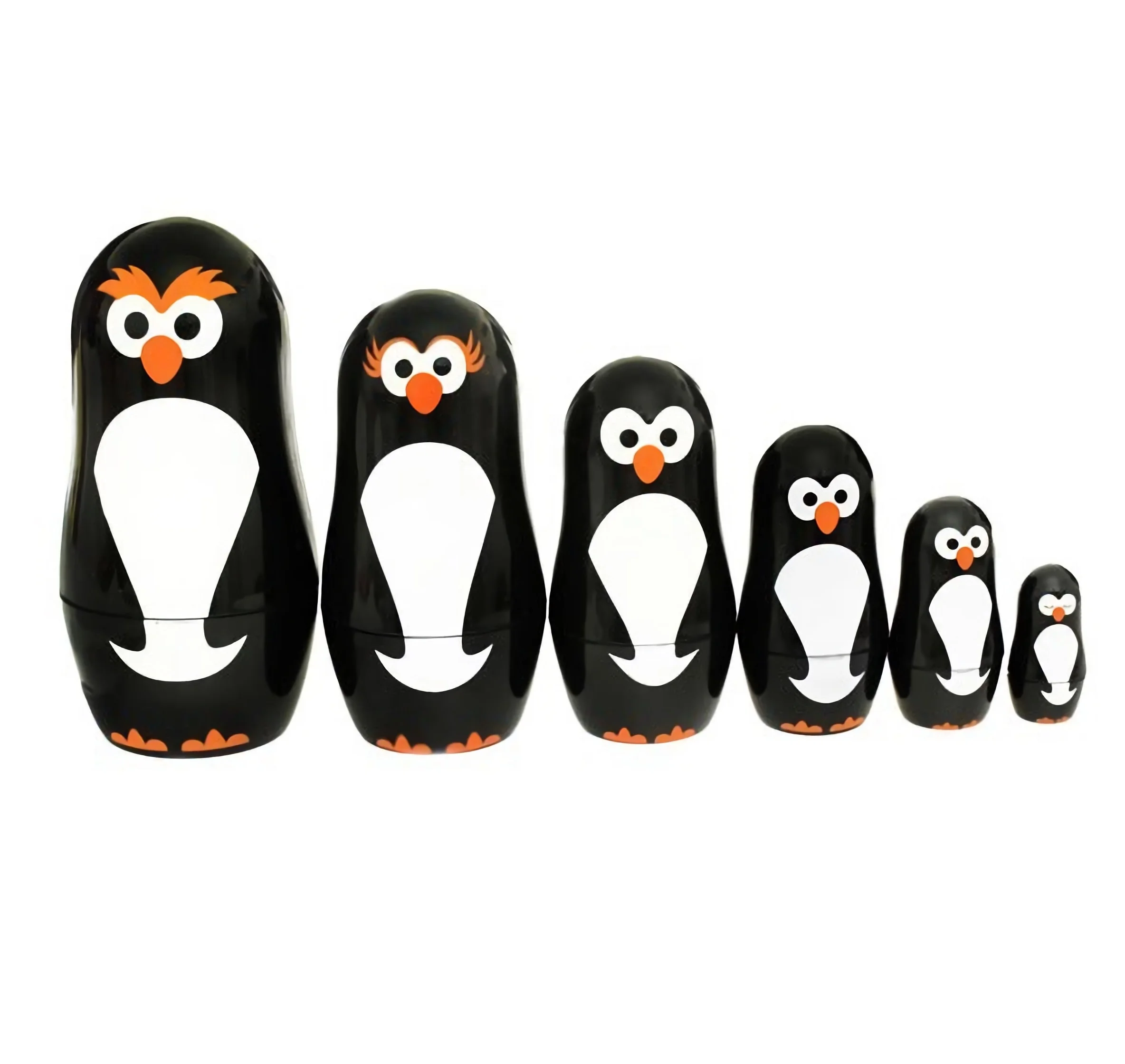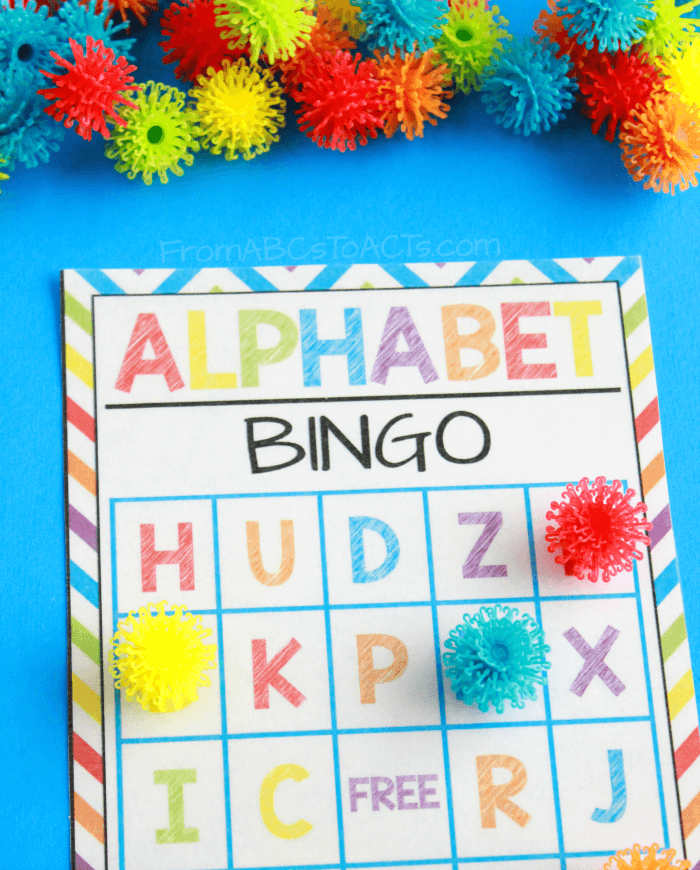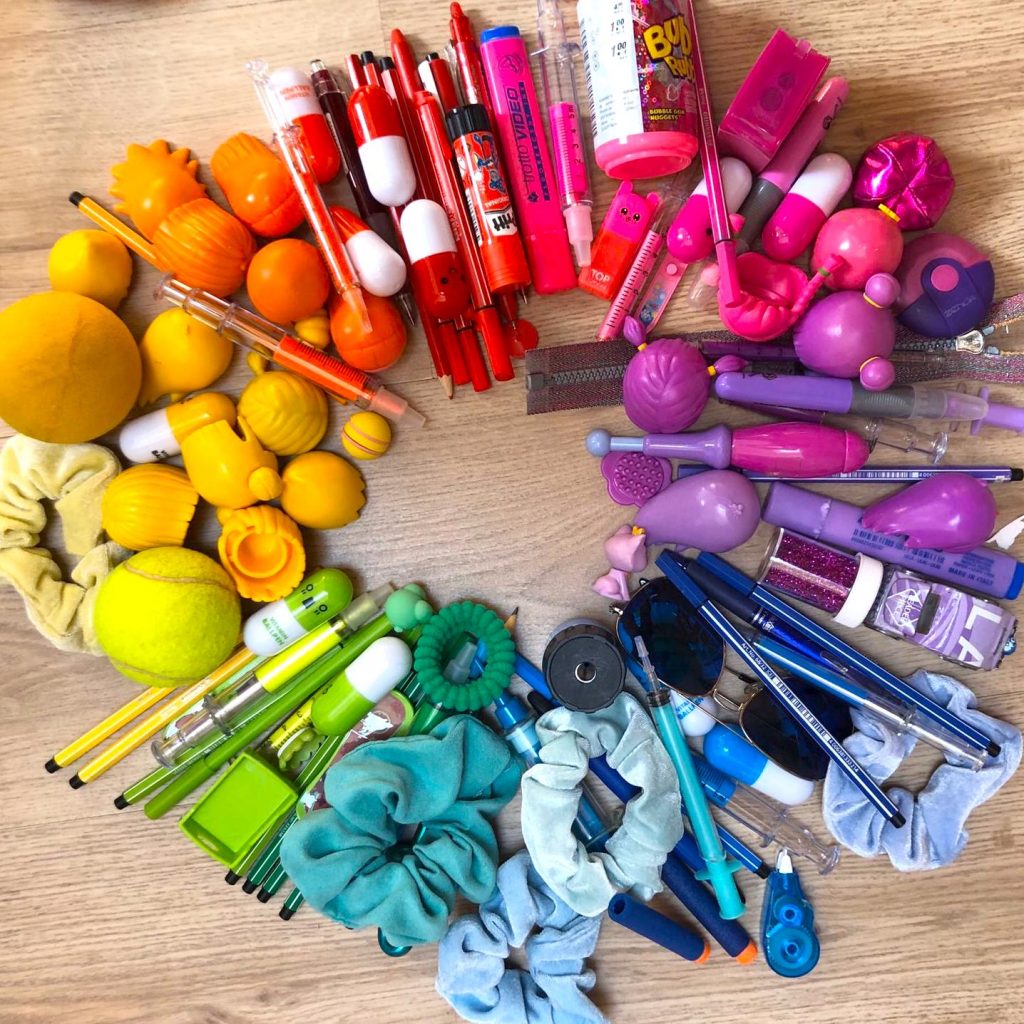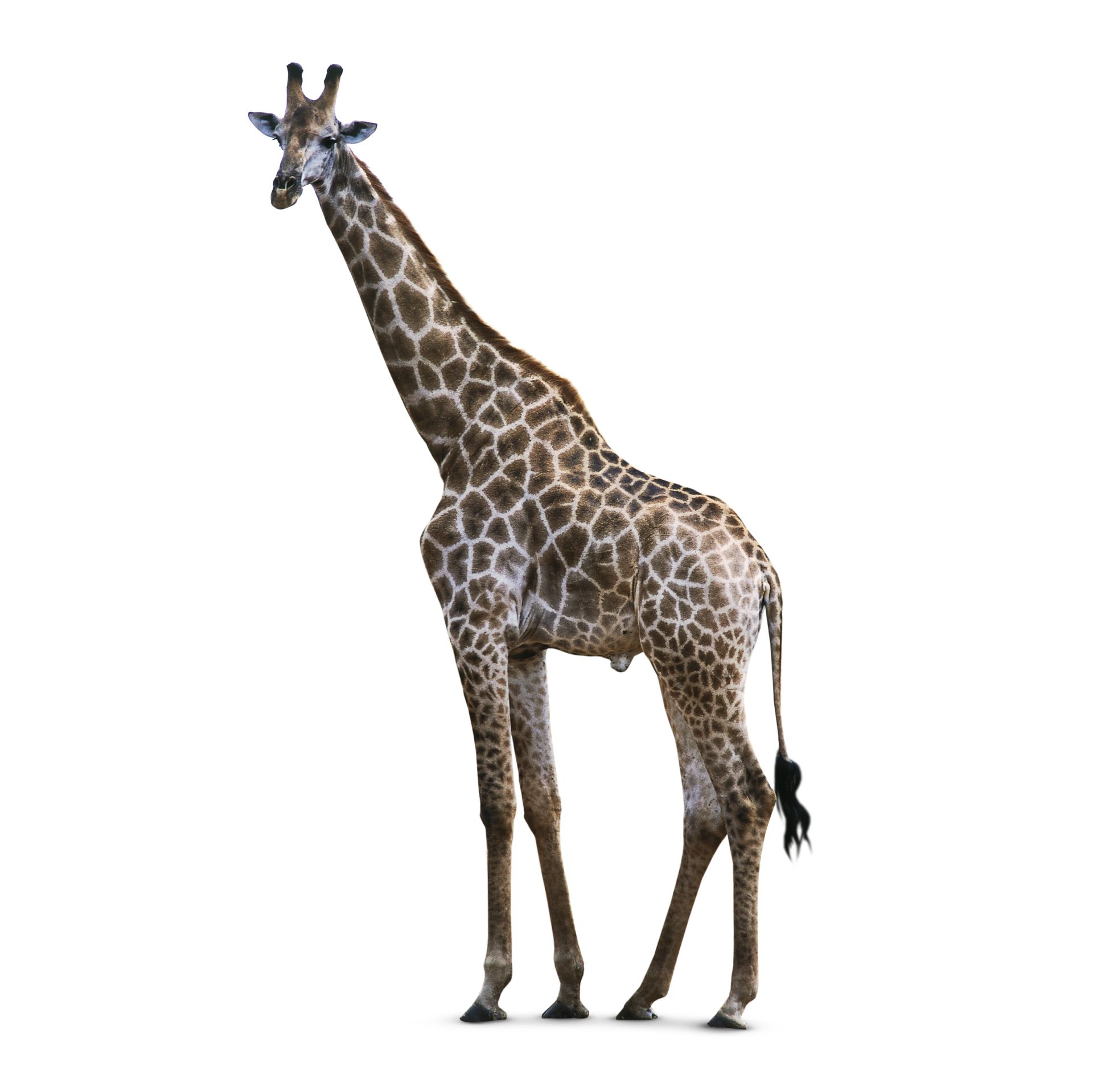It's hard to believe that we're at the end of week 7 without each other.
Next week will be our last week of online activities.
I've had a blast compiling projects for you and your child! From the many comments I've received, I know you have appreciated it. I'm glad we could be here to help you through this time!
EVERYONE
This Sunday is Mother's Day.
May you get breakfast in bed and a day off! But we know that makes Monday twice as hard...
Here's a book you can watch with your child about Mother's Day:
The Night Before Mother's Day by Natasha Wing
And the classic book by P.D.Eastman
Are You My Mother? (I always liked the Snort)
Have a wonderful day, Moms!
Link to Preschool Private Page CLICK HERE
 2s: The Zoo
2s: The Zoo
1. Puzzles
From our website, print out the 2s Zoo Puzzles.
Cut out the last page with the right halves of animals.
Show your child all the pictures with the left halves. Ask them 'What is missing?'
Show your child the right halves of the puzzles. Have them choose the one that goes with the first picture, the chimpanzee.
You can glue them down, or if you want to use them over again, just place them in the correct boxes.

2. Big and Small
Discerning the difference between sizes is a beginning math skill for children.
From our website, print out the 2s Big and Small Animals activity.
You can cut out the pictures at the bottom of the page for your child.
Can they match the large colored animal with a smaller black and white one?
Have your child put glue on the blank square and glue down the correct small animal.
3. Elephants

Your child can learn a little bit about elephants in the wild by watching this video:
Animals for Kids: Elephants
We can make our own elephant, though much smaller!
From your bag, you'll need the small paper plate, the large grey piece of construction paper and the grey ear, trunk and legs, plus the sticker eyes. You'll also need some glue.
Have your child tear or cut the large piece of paper into smaller pieces. Next, they can glue them to the paper plate. Encourage them to cover the plate, but it's not necessary.
Next, ask your child where the elephant's trunk goes. Once the trunk is on, have your child attach the legs and ear. Finally, have them put eyes on their elephant.
Encourage them to share their creation with someone else!
3s: The Zoo

1. Scissor Skills
From our website, you'll need to print out the Hungry Monkey Cutting Practice activity.
Point out to your child that there are different lines connecting the monkey to its banana snack.
Earlier in the week, they traced a similar page. Today, they will cut on the lines.
Have your child hold the paper in one hand and their scissors in the other. Open, shut them, open, shut them, open, shut them.
Have your child cut on the lines as close as possible.
2. Dot-to-Dot

From our website, print out the 3s, Zoo Dot-to-Dot activity.
Ask your child, what do you think the picture will be? Point out to them the Number 1 dot at the top of the page. By sliding your finger on the paper, show them how to get to the Number 2 dot, and so on.
Let your child use a writing tool to connect the dots. They can do it one dot at a time or keep the pencil on the paper and make a continuous line.
What is the picture? Were they right?
Encourage your child to color the parrot.
3. Counting Practice
From our website, print out the Zoo Animal Counting activity.
Look at the paper with your child. Point out that each row looks to have a different number of animals on it. What do they see at the bottom of the page?
Have your child cut the numerals at the bottom of the page apart.
Help them with their one-to-one correspondence by encouraging them to use their finger to point to each animal in the row as they count it. How many are there?
Have your child choose the correct number and glue it to the end of the row.
Encourage your child to color the animals.
4. Which Is Different?
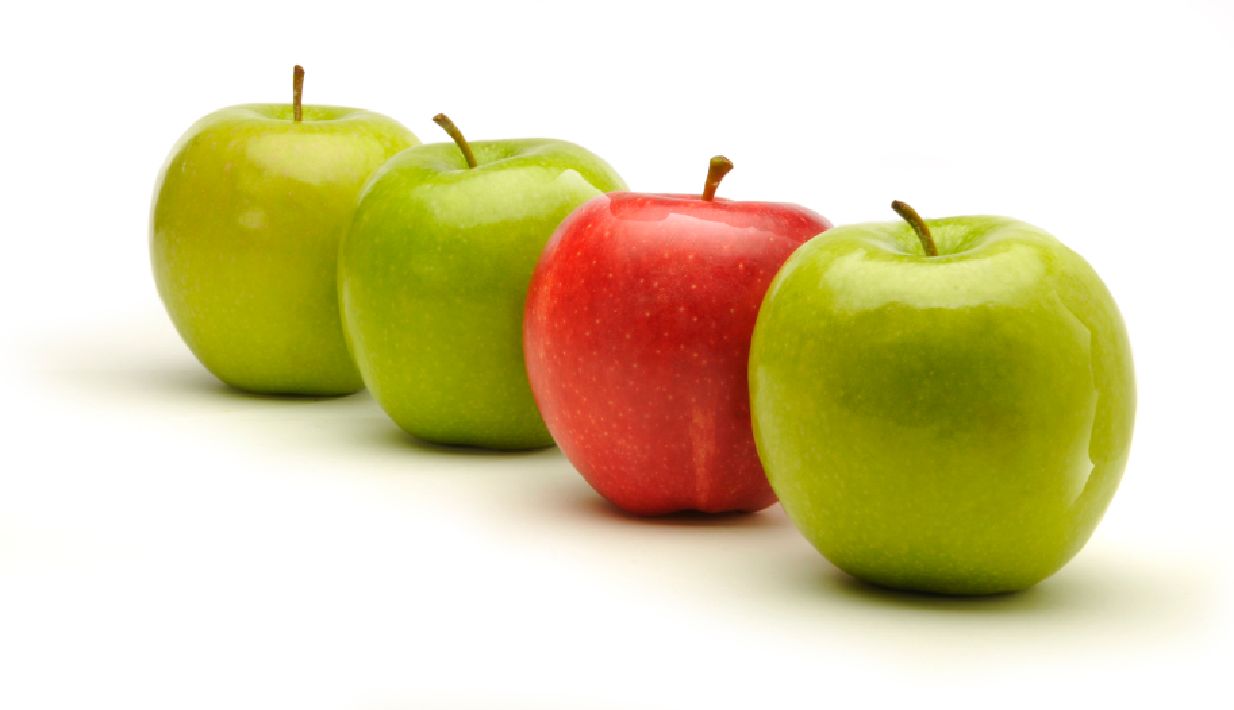
From our website, print out the Which is Different activity.
Look at the pictures with your child. As you go down the page, they should be more challenging.
Can they spot the animal picture that is different from the others? Circle it and explain why it is different.
4s: The Zoo and Numbers

1. My Favorite Zoo Animal
Listen to the story by Rod Campbell
Dear Zoo
We've learned a lot about zoo animals this week. Which one was your favorite? Would you want that animal as a pet, like the child in the story?
From our website, print out the My Favorite Zoo Animal activity. Have your child color and cut out the crate on page 2.
Draw a picture of your favorite zoo animal on the first page. Once it's drawn, use the flap to glue the crate so that it 'opens' over your animal!
Tell someone about the animal and why it's your favorite!

2. Number Practice
From our website, print out the Zoo Roll & Write activity. You'll also need a two dice and something to write with.
Have your child roll the dice and add the dots together. Find the square that corresponds to that number.
Now, have your child write the number in that box. There's a little number in the corner to help them.
Keep rolling until all the boxes are filled!
3. Dot-to-Dot
From the website, print out the 4s Zoo Dot-to-Dot.
Have your child look at the picture and see if they can guess what the picture might be. They'll have to connect the dots to find out!
Point out to them the Number 1 dot at the top of the page. By sliding your finger on the paper, show them how to get to the Number 2 dot, and so on.
Let your child use a writing tool to connect the dots. They can do it one dot at a time or keep the pencil on the paper and make a continuous line.
What is the picture? Were they right?
Encourage your child to color the parrot.
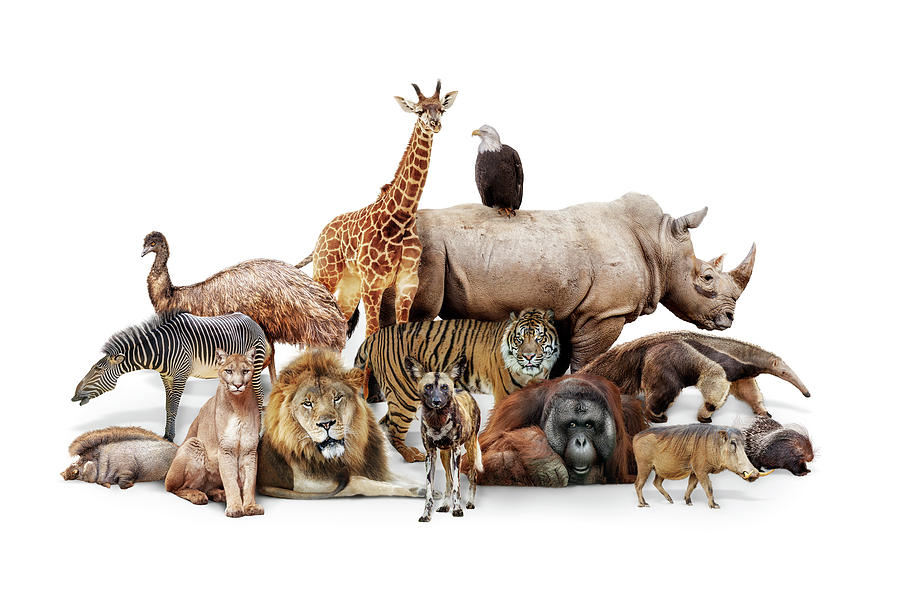
4. How Many Animals
From the website, print out the 4s How Many Animals.
It might look very busy to your child at first. Help them come up with a strategy to count the animals. For example, they can start with the first animal in the first row, the tiger, and count across the rows. As they come to a tiger, they can cross it out or circle it.
Once they have counted all of one type of animal, have them write the number in the box next to that animal.
5. Number Show & Tell

Write numbers 1-20 on pieces of paper or post-it notes. Have each family member choose a slip from the pile.
You each need to find that number of something in the house. They don't need to be all exactly the same. For example, my number was 7. I found seven socks. They didn't match, but they were all socks.
Set a time limit. Come back together and share your number and then count for everyone what you found.
Have a wonderful weekend!
 1. Story Time
1. Story Time  1. Story Time
1. Story Time 4s: Summer
4s: Summer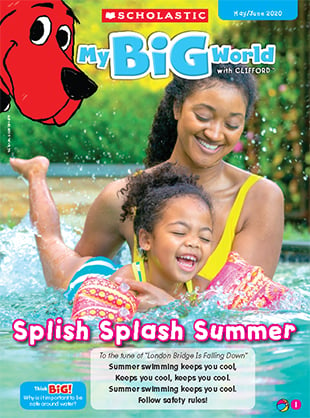 In your bag, you'll find a copy of My Big World Splish, Splash, Summer! If you don't have that, you can use the electronic version here: Scholastic My Big World. The electronic version also has some dance music and other games.
In your bag, you'll find a copy of My Big World Splish, Splash, Summer! If you don't have that, you can use the electronic version here: Scholastic My Big World. The electronic version also has some dance music and other games.











